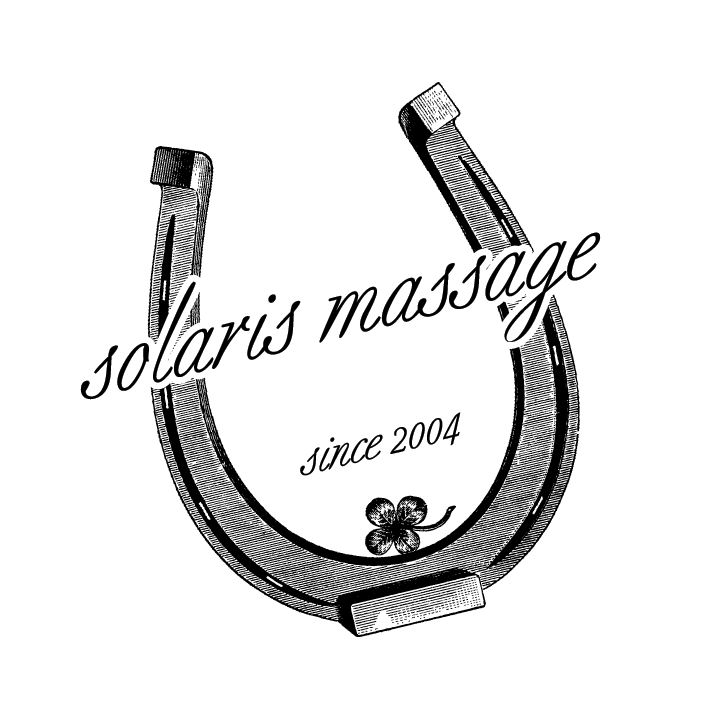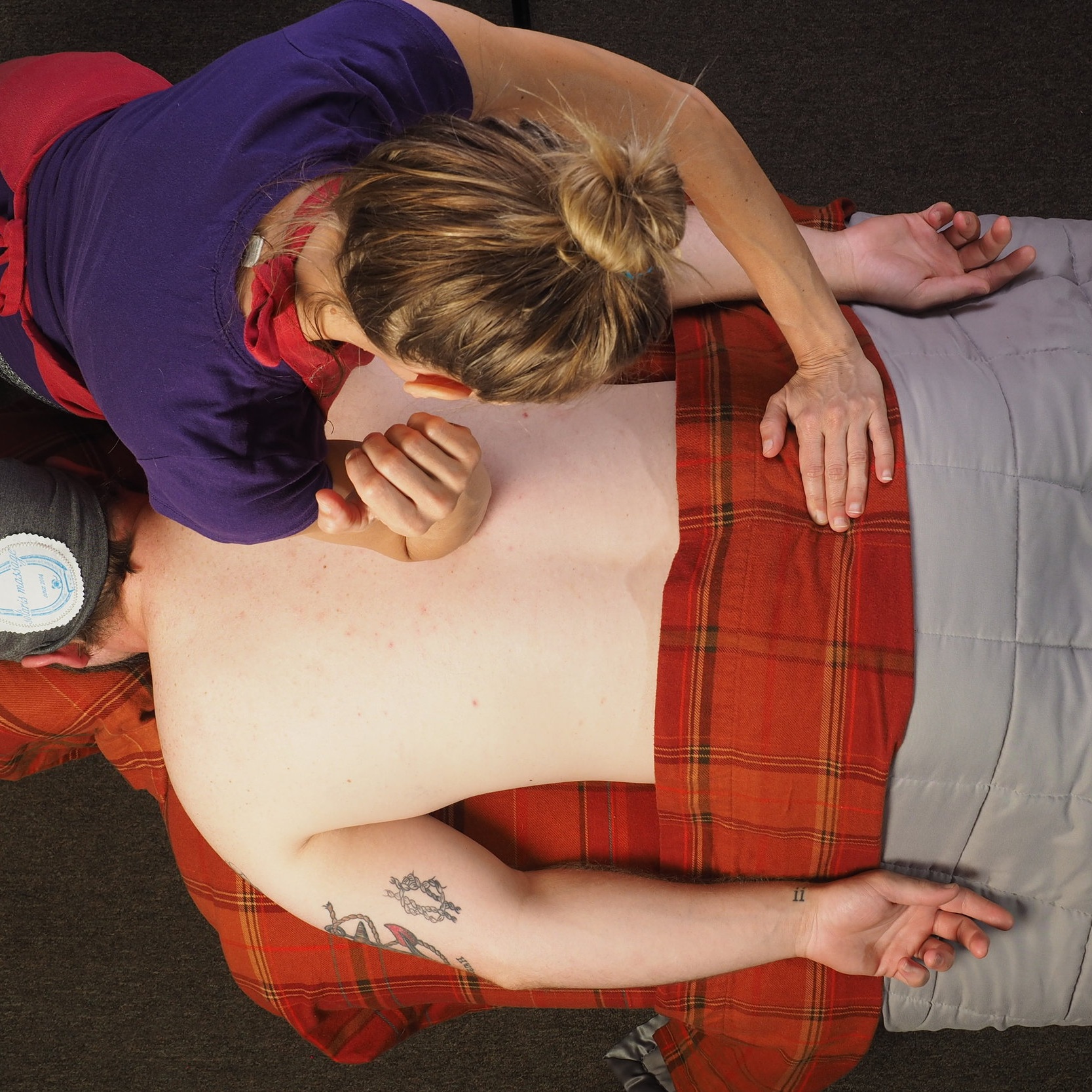What KIND of Massage do you do? - Massage FAQs
What KIND of massage do you do? has always been a vexing question. What technique are you using? What method is that? What tradition did you train in? Where did you go to school? These are questions we are asked frequently enough that I figured I’d try to answer them here.
The long answer is this: Any good massage therapist has been trained in a variety of techniques, and will employ a blend of their knowledge to treat your specific issues today.
The short answer is: I’m using my own method.
I recently had a great conversation with a client whose question was, “What is the name of the technique you are using?” I replied that after nearly 20 years of doing massage, no therapist is really ever doing one particular technique. While some massage therapists will stick to specific protocols and guidelines learned in school, most of the great massage therapists I know don’t use a strict recipe. That’s not to say we haven’t learned many different protocols and guidelines, or that we have no method to our madness, but after about 500 clients a good therapist will have combined her learned knowledge with hands-on experience to form what really is a unique kind of massage that she alone practices. I like to compare what we do to playing jazz, or abstract visual art, it might seem random from an outside perspective, but there is order and reason involved in the process.
Lately, I’ve been calling what I do “The Buffington Method”—that’s my middle name. I began my formal education in massage in 1997, but I often say that my mother is the reason I do massage, and my father is the reason I do it the way that I do it. My mother was a busy, stressed single mom, and growing up she would always make my sisters and me rub her feet. Some families cook together, some families play music, we traded back rubs and foot rubs. Helping my family relax was always a part of my childhood, and any kid with a stressed out parent is happy to find a way to help!
My father had a background in electrical engineering. Solving problems and building things always had a specific sequence and reasoning, like understanding how to apply force to a screw without stripping it, or how to efficiently remove a nail from a piece of wood without splitting it. These are the same concepts I use to remove tension from the human body. “Never force it,” is a phrase I heard him repeat many times.
The way I conceptualize it, massage has its roots in the mechanics of building things and taking them apart. The goal of every massage I do is relaxation. It’s that simple. The way I help my clients relax varies depending on what I sense their body needs on that day. I determine this through viewing them walk into the shop, and by observing symmetry, tension and pliability with my hands once the massage begins. I always ask verbally what (if anything) is bothering them, but knowing that tension can be in an unexpected place, I listen more to the client’s body than to what she says.
I don’t practice so-called “energy” work, because I am focused on the science of the physical body. Others have described the work that I do as “intuitive,” though I don’t care for the term myself. It’s hard to imagine a good auto mechanic being described as intuitive or being “blessed” with a sixth sense. As one client put it, therapists have a “body of accumulated knowledge” to work from.
So the answer, for me, is this: I practice The Buffington Method. I like to think of it as a mechanical approach to removing tension from the human body. The goal of The Buffington Method is relaxation, which is achieved by observing, acknowledging and removing tension in the body We do this using the right tool for the job, and never force it.

